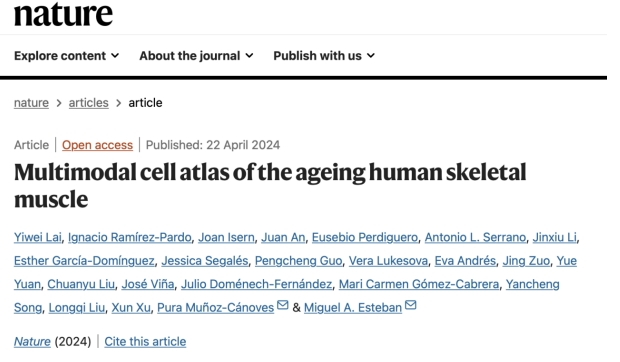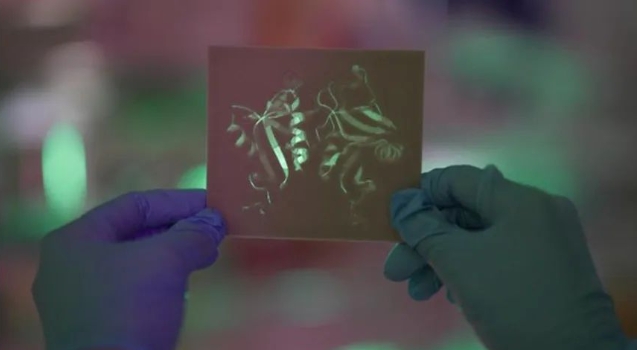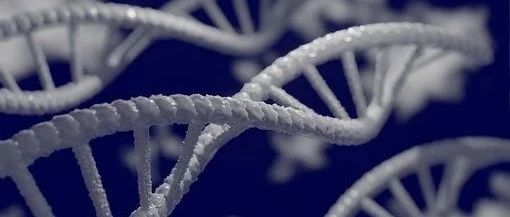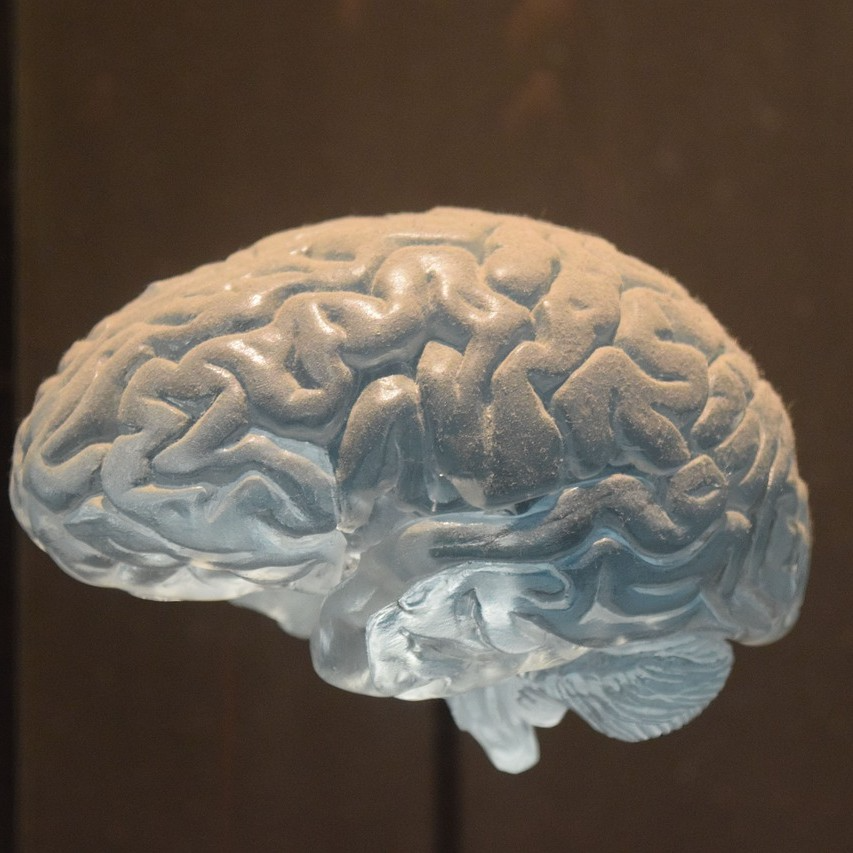
本文转载自“BioArt”。
事情的起因源于2016年Scientific Reports杂志发表的一篇题为“Recombination spot identification Based on gapped k-mers”的研究论文(下图,这次就不点名了)【1】。该论文主要运用了约翰霍普金斯大学的研究人员2014年发表在PLoS computational biology杂志上一篇论文中的算法【2】,主要用于鉴定DNA中的调控序列【1】。

Scientific Reports(以下简称SR)杂志的这篇论文发表之后,约翰霍普金斯大学的研究人员认为这个工作在很大程度上是剽窃了发表在PLoS computational biology杂志上的工作。论文通讯作者Michael Beer 向SR杂志社提出要求撤稿的意思,在这种情况下SR编辑部并没有撤下有关论文而是发布了一则“勘误说明”(Corrigendum)。
在这份“勘误声明”中,明确的提到了SR上发表的工作在论文摘要中用模糊的语句而没有给Michael Beer等人Credit。“勘误声明”原文引述如下:
“This Article reports an application of methodology originally reported in Reference 33 to recombination spot identification. Reference 33 of this Article introduced a feature set called gapped k-mer for regulatory sequence prediction; this Article applied these gapped k-mer features to recombination spot identification, and a computational predictor was constructed for recombination spot identification.In the original version of the Article, the Abstract included ambiguous sentences which failed to give due credit to the authors of Reference 33. The authors apologize for these errors.”
SR的这种做法引起了Michael Beer的不满,在沟通无果之后,主要来自约翰霍普金斯大学的19名SR编委以集体辞职来抗议编辑部的行为。
BioArt注意到,Retraction Watch网站也公布了SR论文通讯作者的一段回应,声称:
“Obviously, our Scientific Reports paper “Recombination spot identification based on gapped k-mers” didn’t plagiarize any paper. I don’t need to say more about this, since the truth is already there: no journal will publish any plagiarized paper, especially for the famous ones, such as Scientific Reports. Our paper was objectively evaluated by SR, and this point is supported by the research community.”
参考文献:
1、Wang, R., Xu, Y., & Liu, B. (2016). Recombination spot identification Based on gapped k-mers. Scientific reports, 6, 23934.
2、Ghandi, M., Lee, D., Mohammad-Noori, M. & Beer, M. A. Enhanced Regulatory Sequence Prediction Using Gapped k-mer Features. PLoS Comput Biol 10(7), (2014).







